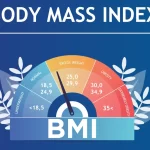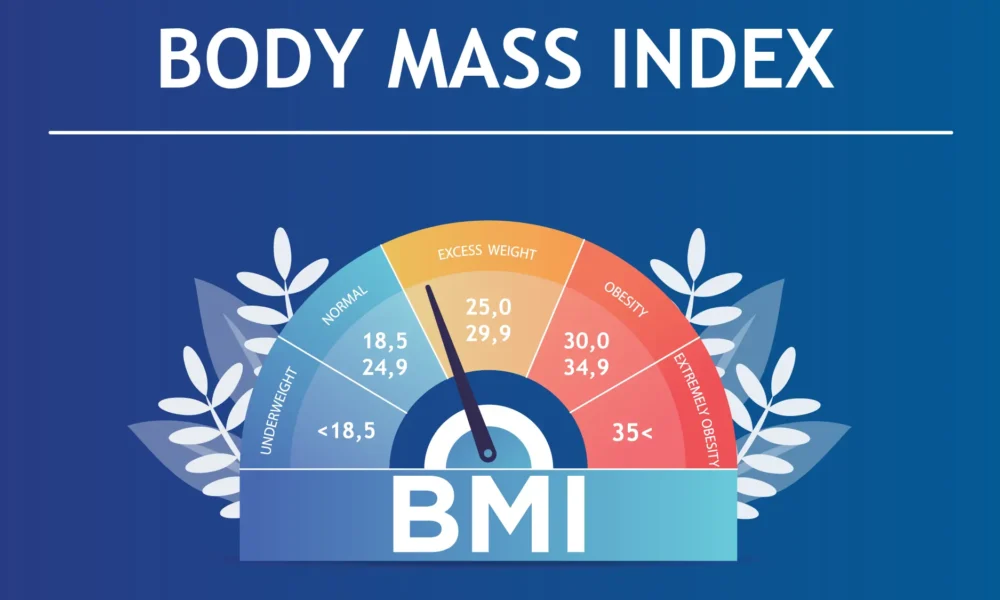1. INTRODUCTION
When it comes to checking your overall health and fitness, two common tools are used: Body Mass Index (BMI) and Body Fat Percentage (BFP). While both help evaluate body health, they focus on different aspects. BMI is a quick calculation using your height and weight, but body fat percentage offers a deeper look at how much fat, muscle, and bone make up your body.
2. UNDERSTANDING BMI
BMI stands for Body Mass Index. It is a number that helps categorize a person’s weight status. The formula is simple:
BMI = Weight (kg) / Height (m²)
For example, if a person is 1.75 meters tall and weighs 70 kilograms, their BMI is: BMI = 70 / (1.75 x 1.75), = 22.86
This would fall into the “normal weight” category. Here’s what the BMI ranges generally look like:
- Below 18.5 – Underweight
- 18.5 to 24.9 – Normal weight
- 25 to 29.9 – Overweight
- 30 and above – Obese
Though BMI is easy to calculate and widely used, it doesn’t show the difference between fat and muscle. For example, an athlete may have a high BMI but very low body fat.
3. WHAT IS BODY FAT PERCENTAGE?
Body Fat Percentage (BFP) tells you how much of your total body weight is fat. While bmi for bodybuilders may not always provide accurate insights due to higher muscle mass, BFP gives a clearer picture of your body’s composition by separating fat from muscle, bones, and water.
Here are typical body fat ranges:
Category Men Women
Essential Fat 2–5% 10–13%
Athletes 6–13% 14–20%
Fitness 14–17% 21–24%
Average 18–24% 25–31%
Obese 25%+ 32%+
4. HOW IS BFP MEASURED?
Several methods are available:
- Skinfold calipers: Measure fat under the skin.
- Bioelectrical impedance (BIA): Sends a low current through the body to estimate fat.
- Hydrostatic weighing: Measures underwater weight.
- DEXA scans: A medical scan that accurately measures fat, bone, and muscle.
While body fat percentage is more accurate, it requires special tools or professional help, and the cost can be high.
5. WHICH IS MORE RELIABLE?
- Accuracy: BFP gives a better understanding of your body fat levels. BMI can be misleading, especially for muscular people.
- Convenience: BMI is easy and quick. BFP takes more time and equipment.
- Health Risk Assessment: BFP is better at showing risks like heart disease and diabetes. BMI is more useful for general statistics.
- Health Insurance: Insurers frequently use BMI to evaluate health risks. However, some companies are beginning to consider BFP and waist size too.
- Fitness Goals: BFP is ideal for tracking fat loss or muscle gain, making it better for personal fitness goals.
6. CONCLUSION
Body fat percentage and BMI are both helpful metrics. BMI is simple and helps with large-scale health assessments, while body fat percentage gives a more accurate picture of your health. If you’re looking for a fast estimate, BMI is fine. However, for a more thorough awareness of your body and health hazards, body fat percentage is a superior choice.











